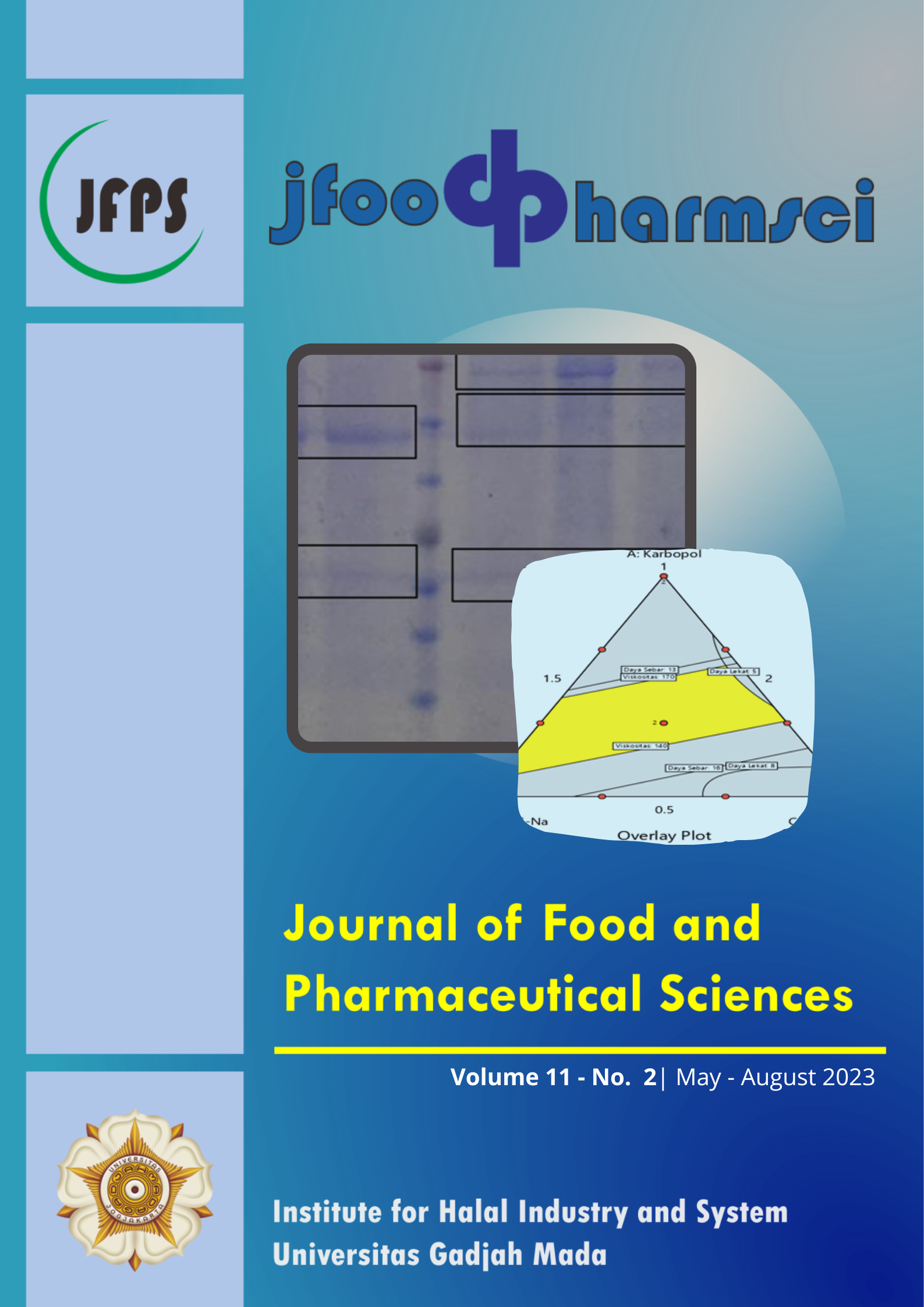Comparison of Xenograft and Alloplast Bone Grafts for Infrabony Bone Defect: Literature Review
Abstract
Restoring supporting tissues to a healthy state is a critical area that provides a much more appealing beside prevention, initial therapy, and corrective procedure. Infrabony defects can be found in the interalveolar and marginal bone caused by periodontal disease as a result of local factors. Nowadays, various surgical therapies are available for treating infrabony defects such as bone graft. However, many considerations in selecting the best option of bone graft materials. To compare the effectiveness of Xenograft and Alloplast bonegraft in infrabony defect therapy. The allograft presented a significantly higher amount of newly formed bone than the xenograft. There were no differences in the percentage of newly formed bone between the allograft and the alloplastic graft, and between the alloplastic graft and the xenograft. Between the three types of grafts, there were no discernible changes in the percentage of remaining particles. All bone substitute materials shown favorable properties for use in bone regeneration treatments. Local factors such as oral hygiene and controlled chronic disease are the main point of successful bone graft therapy. The present study concludes that both Alloplast and Xenograft have equal potential in infrabony bone defect therapy.
































